Vinçotte news blog
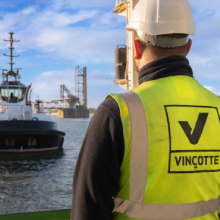
In 2022, Port of Antwerp-Bruges, the second largest port in Europe, opted for Digi-Tags, Vinçotte's digital asset safety management and tagging system.
Read more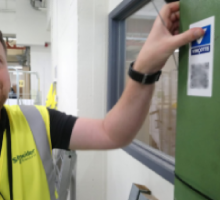
Schneider Electric (SE) is a leader in the digitalisation of energy management and industrial automation, from consulting on energy and sustainability to optimisation of the asset lifecycle. SE offers many solutions as their technologies help companies to achieve greater efficiency, lower costs, and help meet sustainability goals. In the summer of '22, SE decided to start rolling out Digi-Tags.
Read more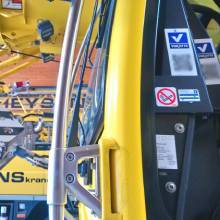
Gheysens Smart Lifting specialises in industrial removal, crane rental, specialist transport and transport of art. Most importantly, they form a team of experienced experts who are not afraid of a challenge. Being a family-run business, they also do everything they can to ensure that they optimise their safety and operations.
Read more
Hydrogen is a key pillar of the European Green deal and in July 2020, the European Commission proposed a hydrogen strategy for a climate-neutral Europe. More than €25 billion has already been reserved for this. The desire to become independent of Russian gas is going to further accelerate the conversion of gas to hydrogen.
Read more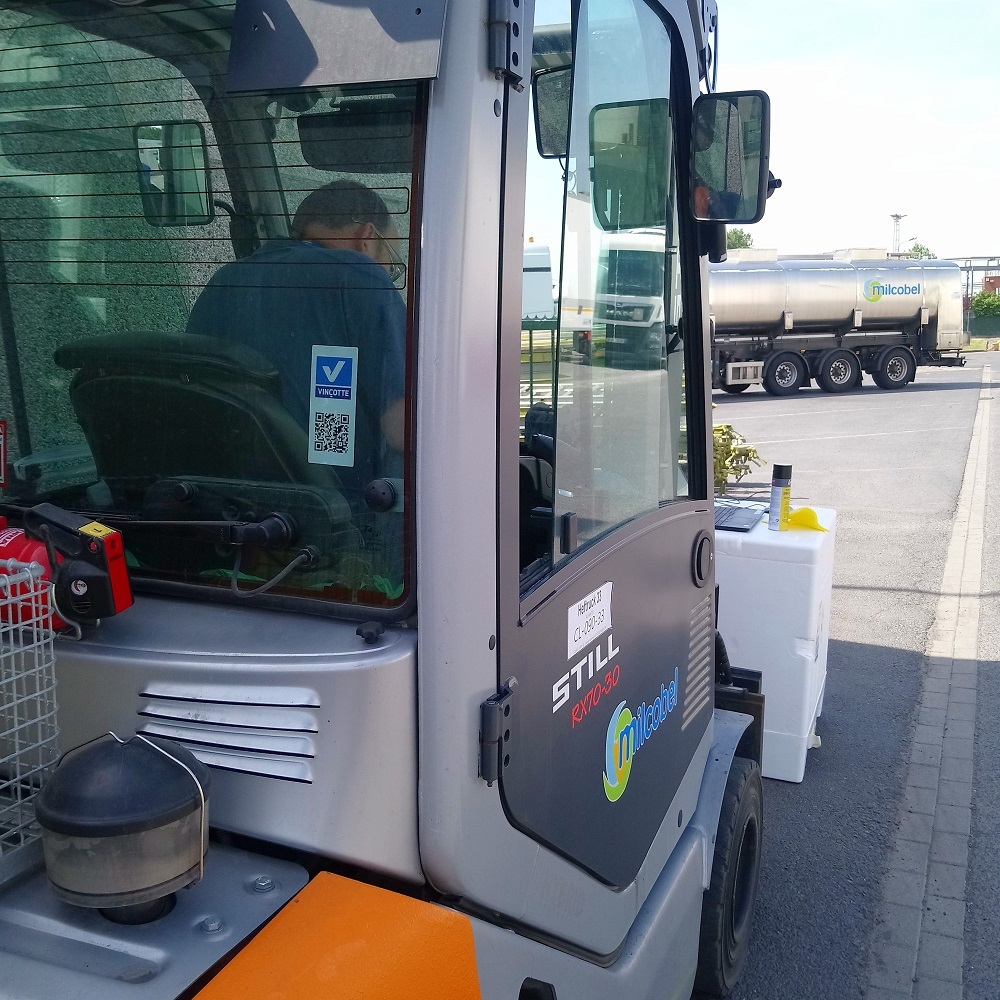
At Milcobel the Digi-Tags solution was implemented on lifting equipment inspected by Vinçotte which improved the auditing process in their Langemark site.
Read more
VINÇOTTE is nominated for the DataNews 2023 Awards for Excellence (category 9) as Enterprise Application Innovator of the Year! That makes us very proud but we would even be more proud if we could win an ICT award as a non-ICT company… and therefore we need YOUR support.
Read more
Technology is rapidly improving the way we work. Using augmented reality, mixed reality and virtual reality, Kiwa is taking big strides forward in the quality, accessibility, ease and efficiency of its services – not only in audits and monitoring, but also in education and training.
Read more
Air Liquide produces a wide range of gases for various industrial sectors such as the steel industry, the chemical industry, the food industry, etc.
Read more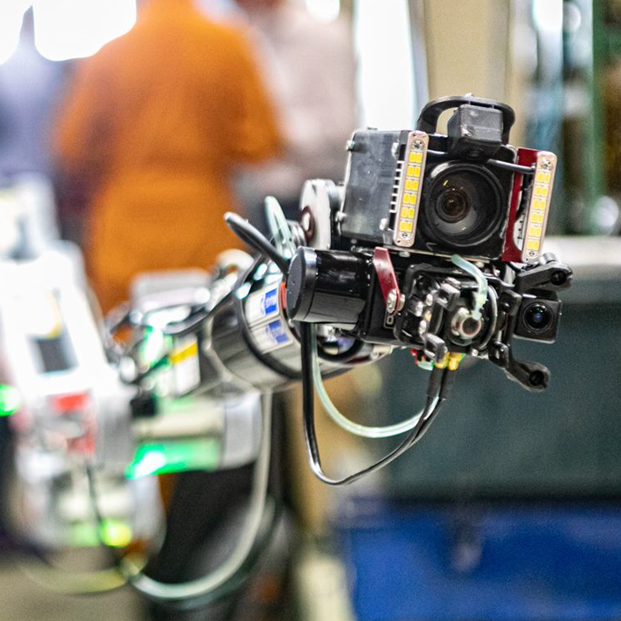
Do you also want to reduce shutdown times while saving costs without compromising safety ? Or do you want more efficient communication with your subcontractors or maintenance colleagues about what and where repairs need to be done ? Do you want to optimize the durability and lifespan of your installations ?
Read more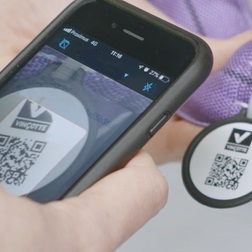
There are few sectors where as many audits take place as in the pharmaceutical sector. This is also the case at Janssen with both internal and external audits. In fact, auditors are almost constantly present at the various sites. An audit often involves requesting inspection reports of assets and examining asset management processes. This is why Janssen decided to implement Vinçotte Digi-Tags.
Read more